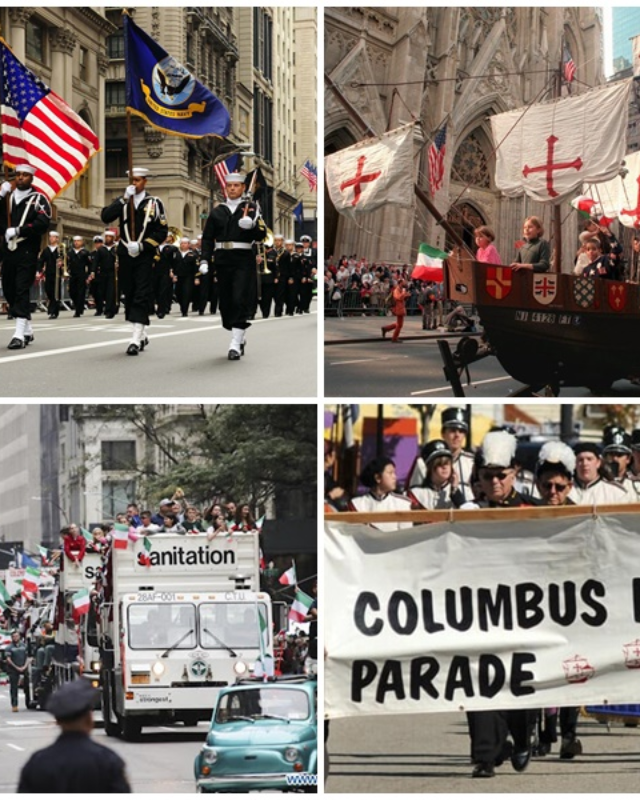On October 12, 1492, a moment that would alter the course of history occurred: Christopher Columbus, an Italian explorer sailing under the Spanish flag, landed in the Americas, ushering in the Age of Exploration and the European expansion into the New World.

Portrait of Christopher Columbus.
⚓ The Voyage Across the Atlantic
Believing he could find a faster sea route to Asia, Columbus convinced King Ferdinand II and Queen Isabella I of Spain to sponsor his expedition.
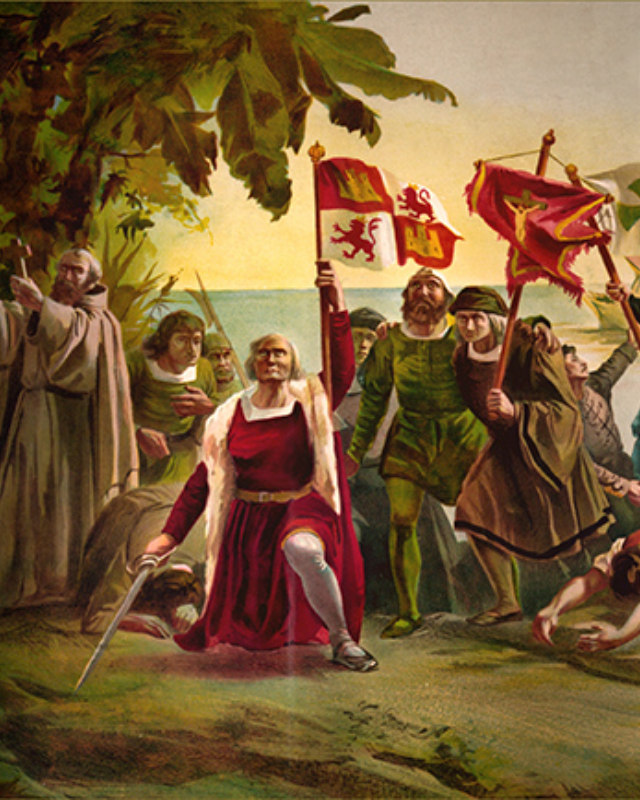
Setting sail in August 1492 with three small ships — the Niña, the Pinta, and the Santa María — Columbus and his crew faced weeks of uncertainty and hardship on the vast Atlantic Ocean.
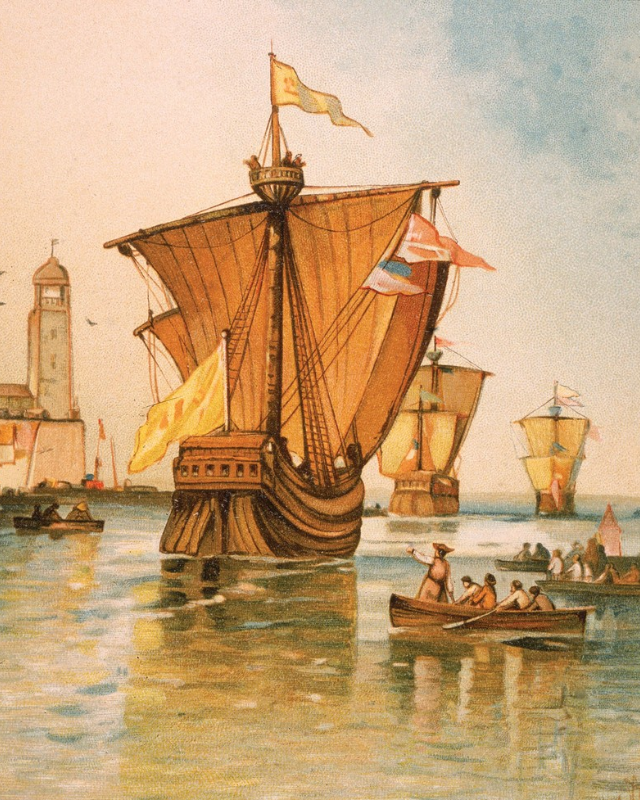
In the early morning of October 12, land was finally sighted. Columbus and his men made landfall on an island in what is today known as the Bahamas. Mistakenly thinking he had reached the East Indies, Columbus referred to the native inhabitants as “Indians” — a term that would persist for centuries.
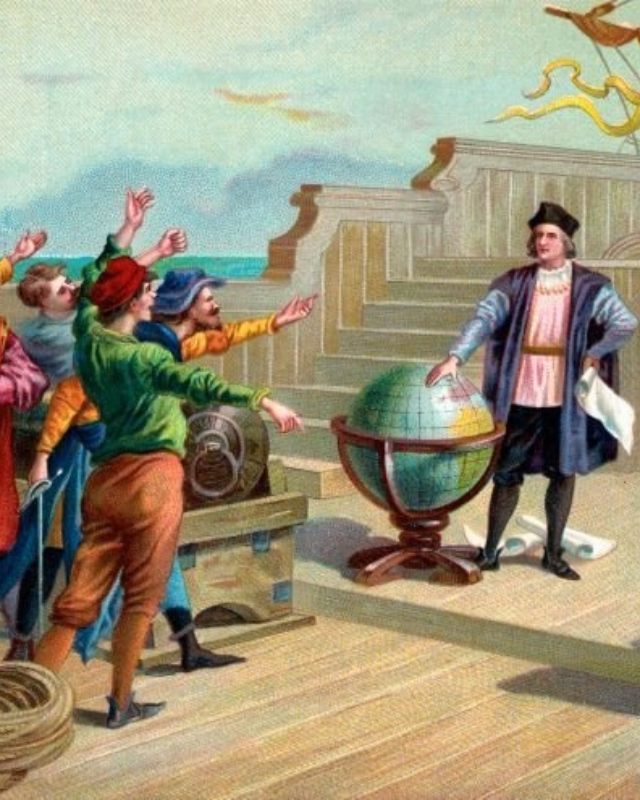
🌎 A New World Unveiled
Though Columbus never reached Asia, his voyage opened up the Americas to European exploration and colonization, forever altering the trajectory of global history.

His discovery sparked:
- Widespread European colonization of the Americas
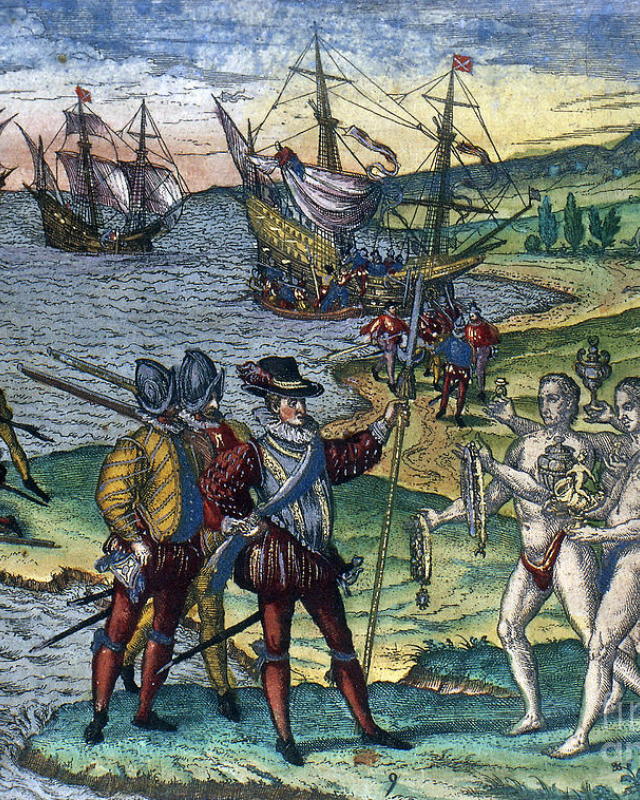
- The Columbian Exchange — a massive transfer of plants, animals, cultures, and technologies between the Old and New Worlds.
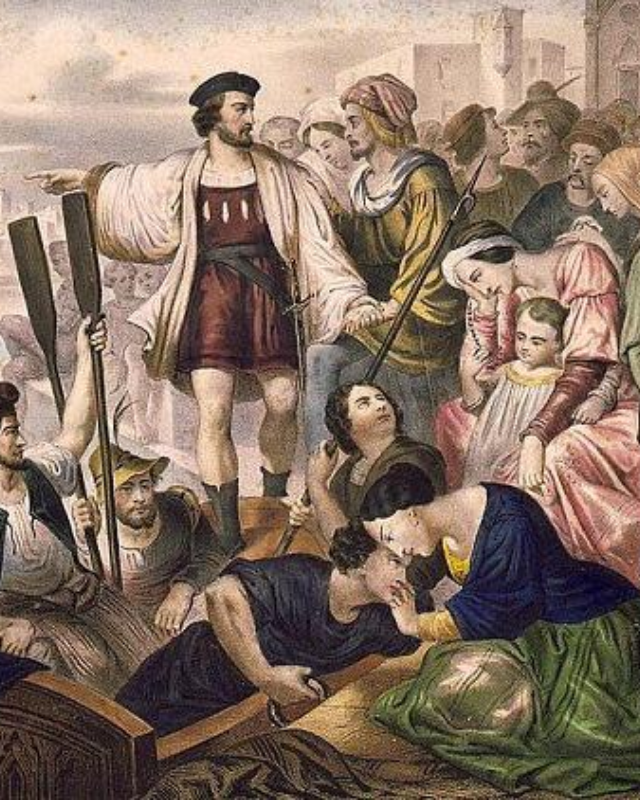
- Profound political, economic, and social changes across continents.
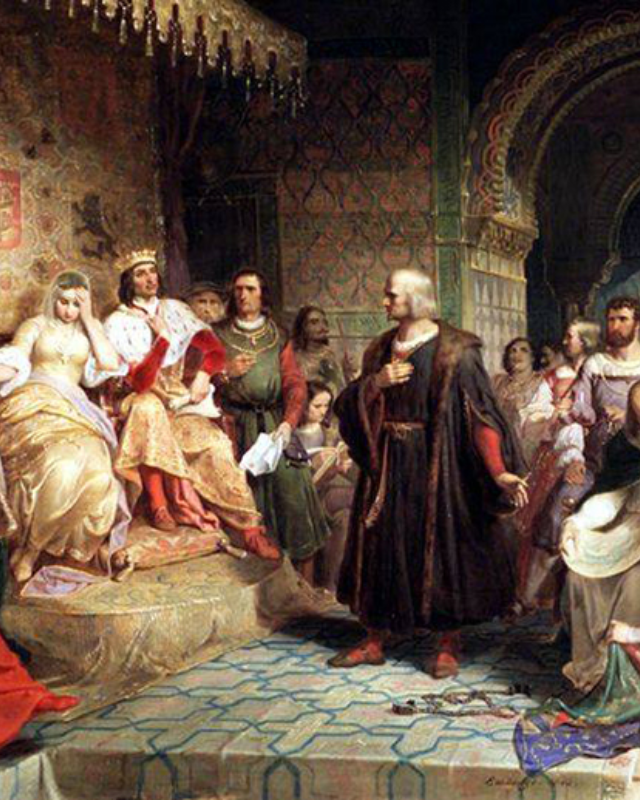
🧭 Legacy and Controversy
Today, Columbus remains a controversial figure. While he is celebrated for bridging two worlds and initiating globalization, modern historians highlight the devastating impacts on indigenous peoples — including disease, conquest, and exploitation.
In the United States, Columbus Day is observed each October, though many states and cities now recognize Indigenous Peoples’ Day to honor Native American cultures and acknowledge the darker aspects of history.
